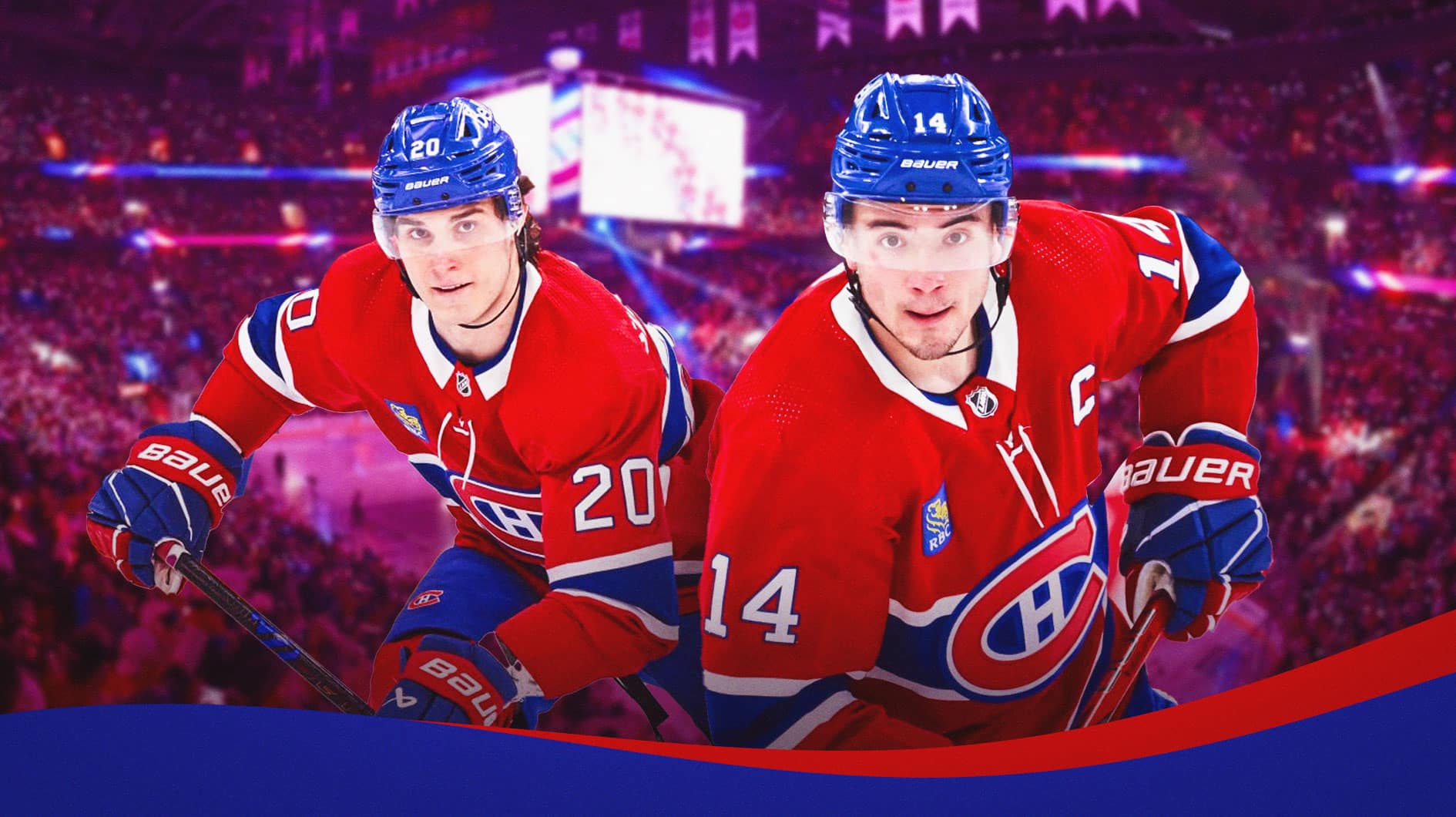Montreal Canadiens General Manager Kent Hughes wasted little time addressing roster needs once the free agency window officially opened. His swift action, including notable trades and targeted signings, signaled a proactive approach to shaping the team. However, as the dust settled on the initial free agent frenzy, Hughes was clear: his work was far from over. Building a competitive National Hockey League team, he explained, is not a task completed in a single summer – a pragmatic viewpoint that likely tempers some fan expectations.
The early phase of the offseason saw the Canadiens make significant additions, acquiring players like Noah Dobson and Zachary Bolduc via trade, while also bringing in depth pieces such as goaltender Kaapo Kahkonen and forward Samuel Blais through free agency. These moves began to paint a clearer picture of the team`s intended structure and priorities heading into the next season. Yet, despite these initial successes in augmenting the roster, a critical piece of the puzzle remains conspicuously absent.
Based on the current roster configuration, the most significant remaining need is finding a reliable second-line center. This position is crucial for providing offensive support behind the top line and creating balance throughout the forward group. While the Canadiens currently have candidates, the search for a definitive solution continues.
Kirby Dach`s name frequently surfaces in discussions about the second-line center role. His potential is undeniable, and the team certainly hopes he can step into this spot. However, acknowledging the unfortunate reality of two consecutive seasons ending due to reconstructive knee surgery, relying solely on Dach to fill this critical role is, at best, a calculated gamble. The desire for a “sure bet” at 2C is understandable, bordering on essential, especially for a team aiming to progress.
Finding this “sure bet” center is the primary objective before training camp opens. Given the limited high-impact options remaining in free agency following the initial signing period, it`s highly probable that this piece will need to be acquired through trade. Such a transaction would serve not only to solidify the forward depth but also, importantly, address another pressing issue currently facing the team: the salary cap.
Currently, the Canadiens find themselves in a situation where they exceed the salary cap limit. This means any significant player acquisition must be accompanied by shedding salary. This financial constraint adds another layer of complexity to Hughes` task, making trades a likely vehicle for both acquiring the needed center and achieving cap compliance. The team`s balance sheet, including significant cap hits from active players and unavoidable costs like that associated with the inactive Carey Price, necessitates careful maneuvering.
Ultimately, the summer is long, and the Canadiens` management has time to continue refining the roster. The goal isn`t immediate perfection, but rather strategic improvement. While progress has been made on defense and with some forward depth, the hole at second-line center remains the most prominent item on the to-do list. Fans can anticipate further activity on the trade front as Hughes works to balance roster needs, player health uncertainties, and the ever-present challenge of the salary cap before the puck drops on opening night.

